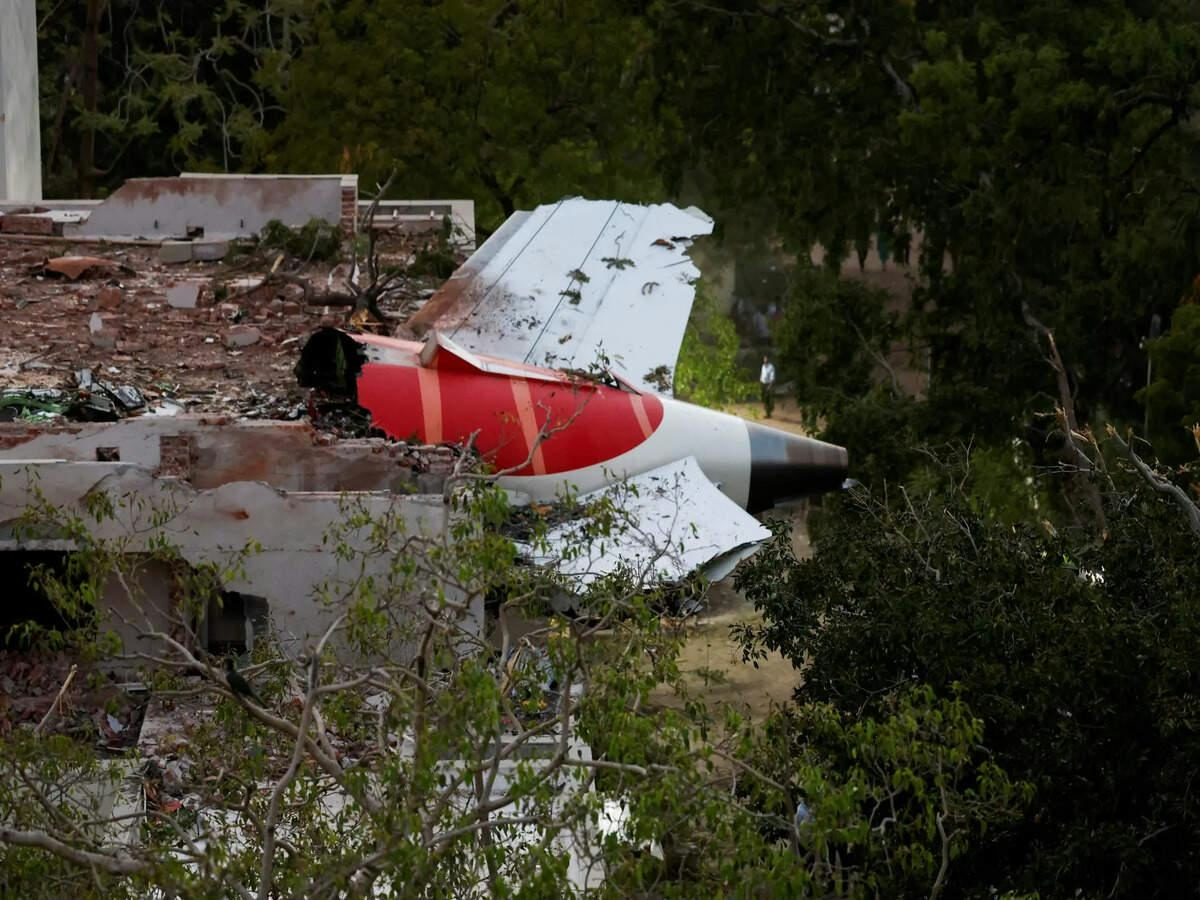
AeroGenie — 您的智能副驾驶。
热门趋势
Categories
Natixis CIB Underwrites Loan for LATAM’s A321ceo Fleet Financing

Natixis CIB Underwrites Loan for LATAM’s A321ceo Fleet Financing
Financing to Support Fleet Modernization
Natixis Corporate & Investment Banking (Natixis CIB) has underwritten a senior secured term loan to finance the acquisition of eleven Airbus A321ceo aircraft for LATAM Airlines Group S.A., the largest airline group in Latin America. Headquartered in Santiago, Chile, LATAM operates an extensive network across passenger and cargo markets, with a fleet exceeding 350 aircraft serving countries including Chile, Brazil, Colombia, Ecuador, Paraguay, and Peru.
In this transaction, Natixis CIB served as joint mandated lead arranger and lender alongside Sumitomo Mitsui Banking Corporation (SMBC). The senior secured commercial loan will enable LATAM to expand its operational capacity in key markets and advance its ongoing fleet modernization efforts by acquiring fuel-efficient, narrowbody aircraft.
Market Context and Strategic Implications
This financing occurs amid heightened activity and increased volatility in the syndicated loan market, where fluctuating returns and broader economic uncertainties are influencing investor sentiment. Potential changes in Federal Reserve leadership and the prospect of new tariffs add further complexity, potentially affecting travel demand and financing conditions for airlines. In this competitive environment, financial institutions are striving to offer attractive terms to major carriers, intensifying competition within aviation financing.
Despite these challenges, the transaction highlights Natixis CIB’s sustained commitment to the aviation sector and its expertise in structuring complex financings for leading carriers in Latin America. By supporting LATAM’s acquisition of the A321ceo aircraft, Natixis CIB and SMBC are facilitating enhanced operational efficiency and flexibility, positioning the airline to meet rising demand across domestic and international markets.
The deal aligns with LATAM’s broader strategic objectives, including optimizing its capital structure, maintaining liquidity, and securing access to competitive long-term funding for core fleet assets. The addition of the A321ceo aircraft is expected to strengthen LATAM’s network and reinforce its competitive position within the region.
Strengthening Financial Partnerships
The collaboration between LATAM, Natixis CIB, and SMBC builds on a history of partnership, underscoring the importance of strong financial relationships in executing strategic fleet and funding initiatives. As LATAM navigates a dynamic market environment, this financing arrangement positions the airline to maintain its leadership in Latin America’s aviation sector.
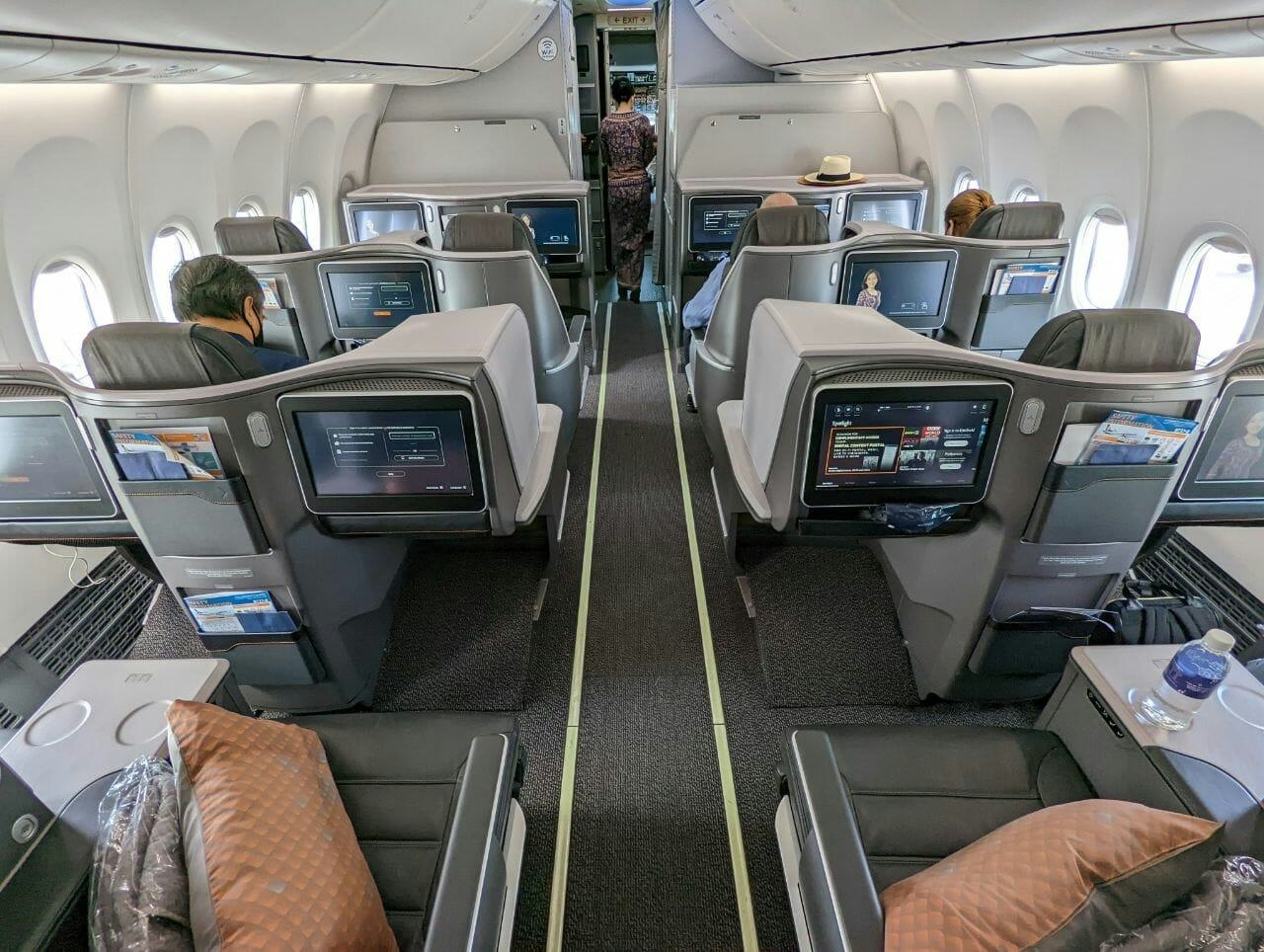
Singapore Airlines 737 MAX Business Class Review

The Enduring Legacy of the Boeing 747 in Aviation Engineering

China’s Low-Altitude Economy Expands with Air Taxis and Drone Deliveries

Report Details Fiery History of McDonnell Douglas MD-11’s CF6 Engine

Supreme Court Rules Pilot Not Liable in Air India AI171 Crash
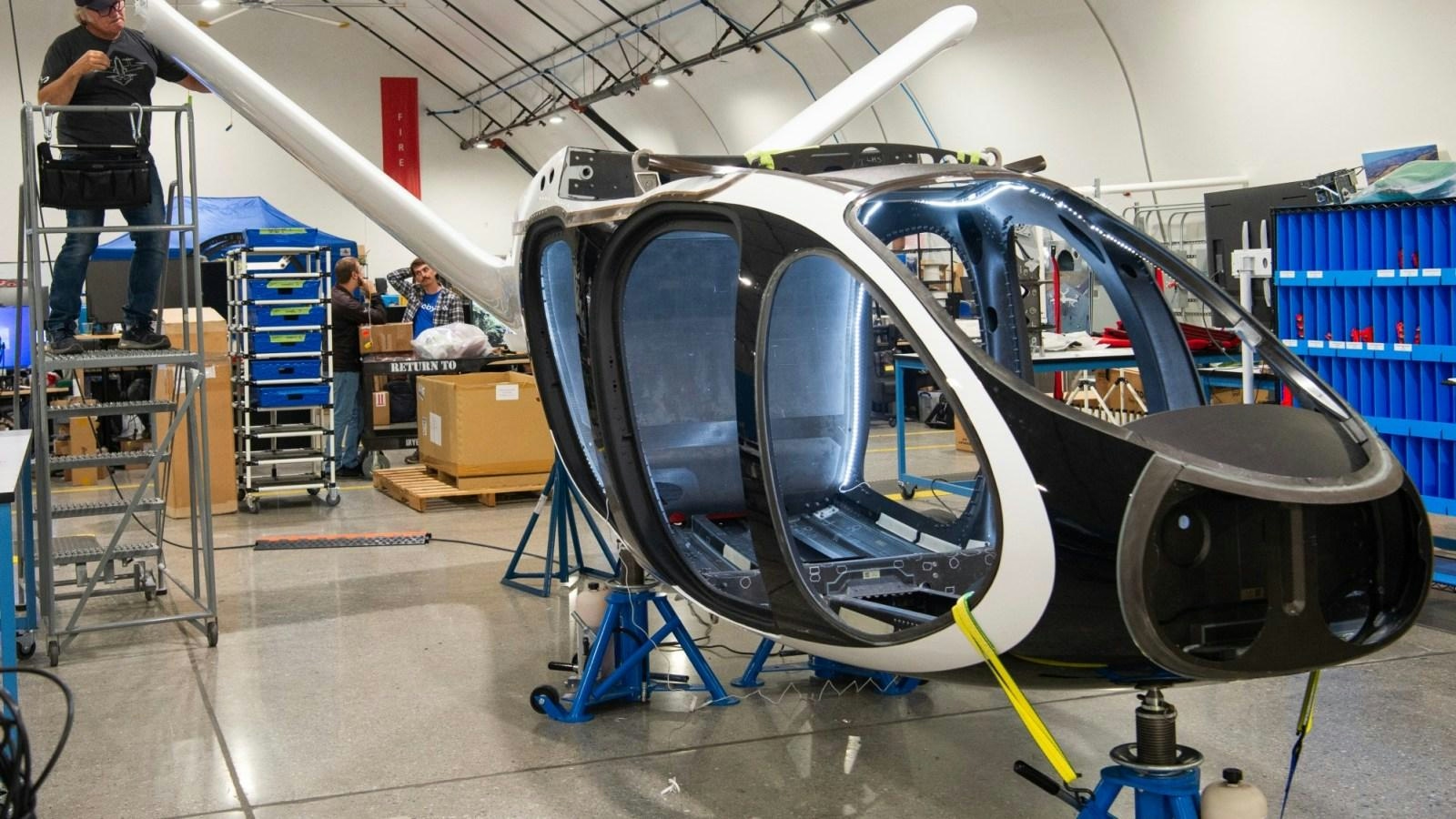
Huntington Beach Considers Vertical Taxi Pilot Program
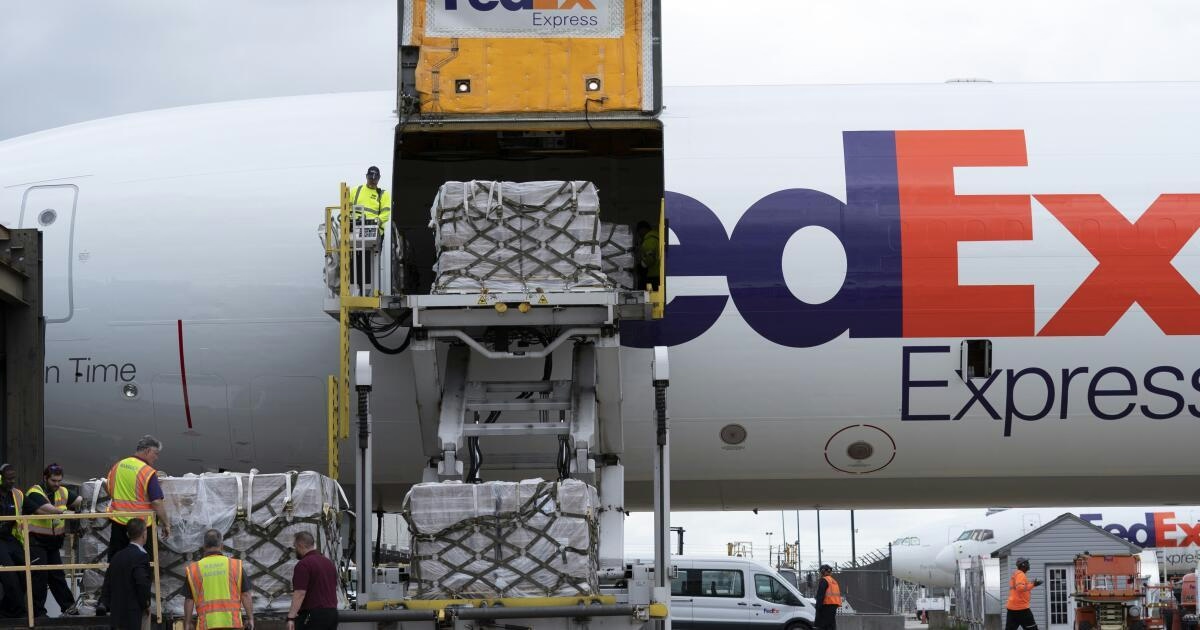
Flight Reductions Threaten Timely Delivery of Critical Goods to LAX and Other Airports
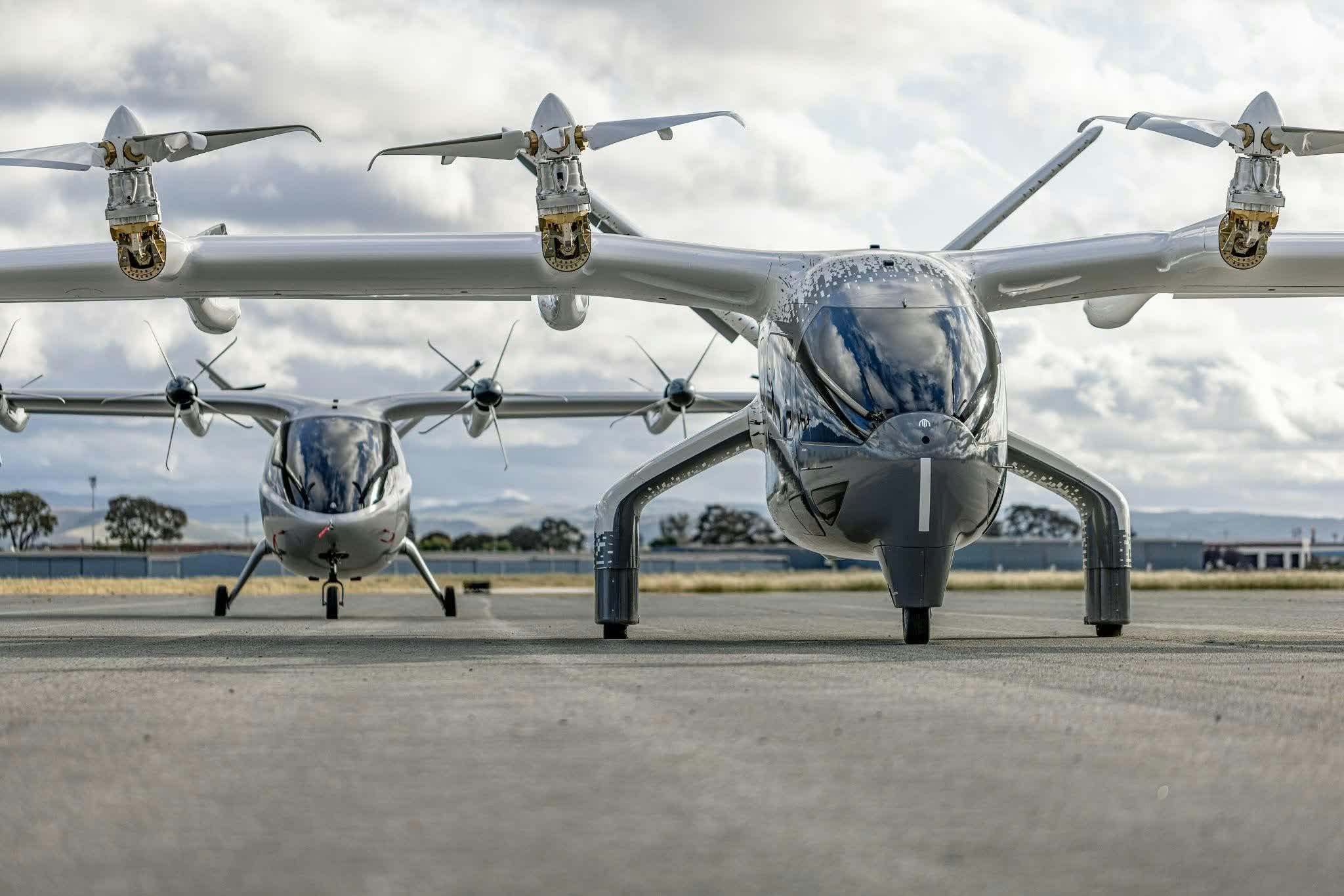
Archer Aviation Shares Decline Amid Market Volatility

Airbus Secures Largest Aircraft Order of the Year
